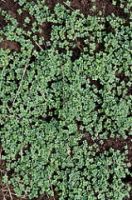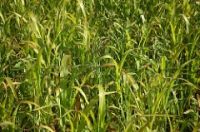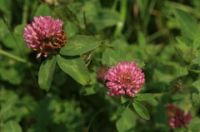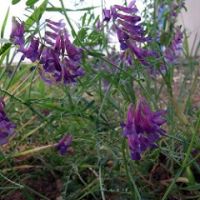Cover Crops To Plant In August
The weather of autumn and winter can damage bare soil. It can erode topsoil and deplete nutrients by washing them away. To take good care of the soil ecosystem in your garden, it is a good idea to give it cover over the autumn and winter months. What is more, planting a cover crop now, in late summer, will give plants a chance to establish before the cold weather sets in and can also be used to add nutrients to the soil for the use of plants you sow there next spring.

Some brassicas can survive over the winter and some, such as mustard, will work well as a green manure to be dug into the soil in the early spring. Brassicas with deeper tap roots can recover residual nitrogen, which will be released when the plants die or are dug in in the spring.

If flooding and/or heavy or compacted soil are a problem in your area then you may wish to consider planting a ryegrass cover crop. The establishment of a sod can help improve the soil condition, though it will take some time to break down and a plan for the spring must be made.
Perhaps the best cover crops for most of us to plant in late summer are legumes. These nitrogen fixers can be grown over the winter months and yet they provide more than just cover. These crops also fertilize and add to the soil so that nitrogen hungry plants sown in the spring will do better and have a great head start.

Red clover and vetch are just two of the common options used. These will establish before the coldest part of the year and then remain dormant until awoken by the warmer temperatures in the spring, which

they will do most of their nitrogen fixing just before it is time to plant out or sow your spring/summer crops in May or June.
Making a successful annual vegetable plot is all about making sure that it is sustainable. A truly sustainable system must always take care of the soil and all the creatures that live in it. It must close the loop in the ecosystem and make sure that nutrients are funnelled where they need to be. Composting is key, as is an effective crop rotation schedule. Cover crops are another useful part of the puzzle.